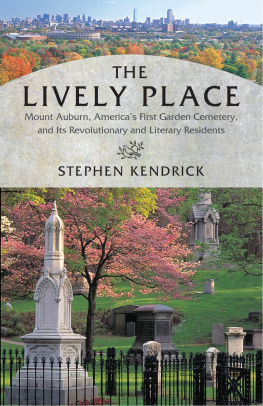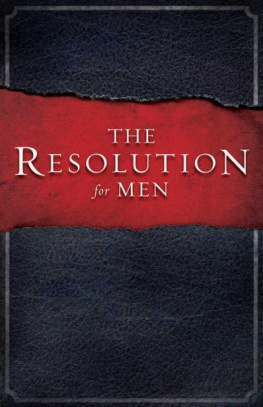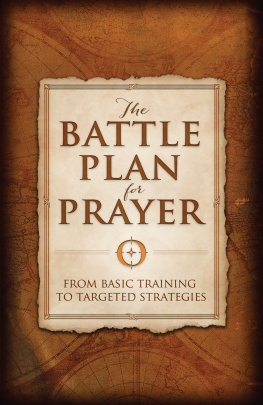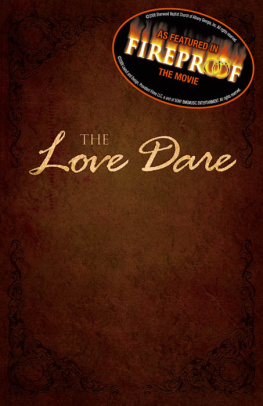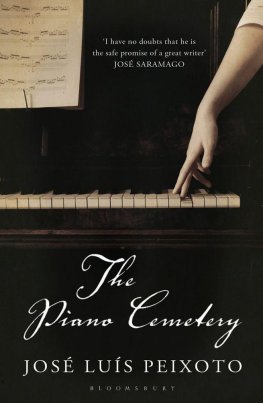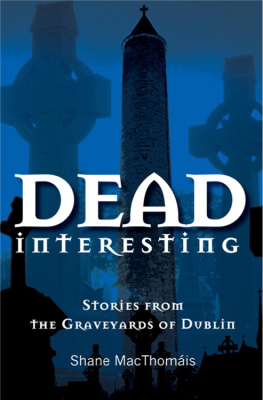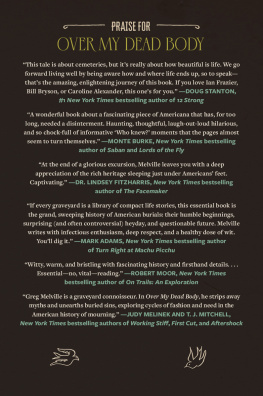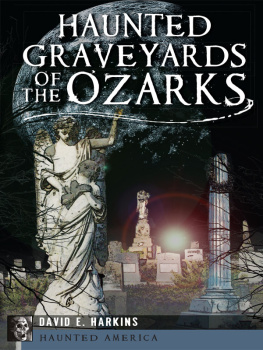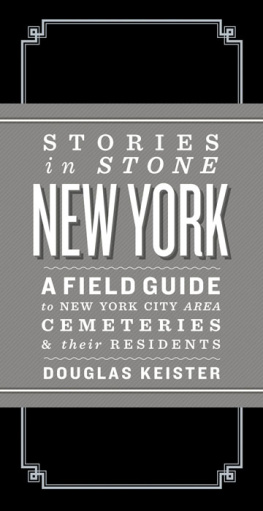ACKNOWLEDGMENTS
J. R. R. Tolkien wrote, Not all who wander are lost, and although I have spent the last two years wandering Mount Auburns winding paths, I have never felt lost, mainly because of the excellent and trustworthy guides who went with me every step of the way. I would like to thank them here; not only do they have my heartfelt appreciation, they deserve to have their names engraved in this book. From the very beginning of this project, it has truly been a collaborative effort with the Mount Auburn staff. Though errors and shortcomings remain mine alone, the truth is that any insights conveyed here are the result of team guidance and support. And when the editors of Beacon Press came on board this collaborative effort, it really took off.
Lets face itto say that I expected writing a book about a cemeteryany cemeterycould end up being so enjoyable is a stretch.
Yet that is what happened, and I trust the books tone reflects that inspiration and deep pleasure. Mount Auburn is simply too beautiful and vivid a place to have a gloomy book written about it. I have not shied away from the brooding reality of death, but I have tried to reflect the intent of the founders, who wished to create a space in peoples lives where, even in mourning, they could feel more intensely alive. The founders invented a new kind of shared rural park landscape, and changed America. Luckily for me, the present staff of Mount Auburn effortlessly share that mission, and that daily enjoyment. I have never seen such a contented, sane, happy set of fellow workers in all my life. I hated ending this project because I have liked working among them.
The Lively Place would not exist without the original vision of Jane Carroll, vice president of development, who wondered if I would be interested in creating a general interest book, one designed to appeal not only to strong supporters of Mount Auburn, but also to the thousands of more casual visitors who flow through here each year. Not a guidebook, not a historical tomesomething to explain in a clear and inviting way why this place is important to our larger culture. Jane, in addition to having a great laugh and knack for friendship, is vice president of development for a reasonshe has drive and makes positive things happen. Nothing languishes under her care. She soon arranged for me to meet a roomful of staff and important volunteers to help me envision what a book like this might contain. Their vision and input got me started and gave me the assurance that, although I loved Mount Auburn and was fairly knowledgeable about the antebellum era that gave it birth, they would be there to help me navigate the considerable complexities of its long history.
Present that morning was volunteer archivist and historian Caroline Loughlin. I sensed she was a quiet supporter of this effort, but I had no idea that she would speak compellingly of the need for this book, and that she would offer to be a generous sponsor of its publication. In time, her generosity would assume greater proportions. Though her recent death cheats us all of the opportunity to properly thank her for her devotion to Mount Auburn, let me point your attention to the dedication page. In his wifes honor, Phillip Loughlin has made a generous grant to support this effort. Getting to know him has been a delight as well.
At that original meeting, we all agreed that either an established press would buy in, or I would not write the book. We brainstormed the possibilities, and as I wrote the book proposal I inwardly hoped that someone at Beacon Press, where I had the pleasure of publishing more than a decade ago, might see in this book the potential we saw in it. That hope was fulfilled when Beacon editor Alexis Rizzuto responded favorably to the proposal. It turned out that she lived near Mount Auburn, walked there most weekends, and knew the place better than I did. There was one big proviso, howeverthe book Jane and I had first talked about did not appeal to her. She thought, knowing the landscape as she did, that a book of short historical biographies was inadequate to the task.
Alexis asked me to remove myself from my comfort zone and do two thingswrite in some depth about the birds and trees and flowers and flow of nature, and delve into the deeper ecological meaning of the place today. That was the book she wanted, and she challenged me to create it. When Alexis left daily editing at Beacon, Will Myers smoothly slotted in, and he has strongly encouraged me in both these challenges. I felt immediately comforted in his astute and encouraging style. On a personal level, I am grateful that a smart, liberal press like Beacon existsbut on a societal level, I feel like its success and impact are absolutely essential. It publishes books we need to read, and I have the uneasy feeling that many such books would never reach us without the visionand gutsof Beacon Press.
Jane introduced me to the two men who have, frankly, revolutionized Mount Auburn: past president William Clendaniel and president David Barnett. They are very different kinds of men, with Clendaniels historical interests and visionary managerial style playing off of Barnetts horticultural and ecological interests. Together, they have offered what the cemetery needed, enabling it to do more than survive, but to thrive. I can hardly thank David enough for his long talks, walks, and encouragement.
Every member of the staff I interviewed (and rode around in the little electric cars with) was invested and generous with his or her timenotably Dennis Collins, horticultural curator; Paul Walker, superintendent of grounds; and the lively Candace Currie, director of planning and sustainability. Each gave real insight not only into the landscape, but into why they love their jobs. Tom Johnson, family services coordinator, is someone I, as a minister, most relate to, as we both work with people dealing with grievous loss.
Providing more than supportfor they did more than submit to questions and help sort through quandarieswere Meg L. Winslow, curator of the historical collections, and Bree Harvey, vice president of cemetery and visitor services (a title that hardly conveys Brees comprehensive and overarching knowledge of Mount Auburn). Both did grinding editing and fact-checking that I needed. I worked hard on this book, but no amount of research over two years could possibly replace their deep, deep knowledge of the long and complex history here. Without their hard work, this book would read very differently indeed.
In addition, Meg introduced me to her husband, Matt Longo, an architect who happens also to be an outstanding artist. I charged Matt with going out there and responding to the land as I tried to doto let his artistic instincts be as free as mine. I think you will agree that Matts wonderful drawings capture something vital about the place, and I am so glad Meg introduced us.
I thank the good people of First Church in Boston, where I happily serve as senior minister. I saw this book as solidly a part of my ministry there, and they gave me freedom to write it.
And I would have written nadanothingwithout the continuing love and support (and wisdom) of my wife, Liz, whom I have the pleasure of going through life with, till death do us part (perhaps maybe longer). Every book I manage to write actually belongs to her. Anyone married to a writer knows what I mean.
APPENDIX
The ResidentsWhere to Find Them
Jacob Bigelow, Beech Avenue, Lot 116
Edward Everett, Magnolia Avenue, Lot 17
Joseph Story, Narcissus Path, Lot 33
Henry Wadsworth Longfellow, Indian Ridge Path, Lot 580
Mary Walker, Camelia Path, Lot 3774
George Brimmer, Indian Ridge Path, Lot 316
Bernard Malamud, Azalea Path, Lot 10652
Margaret Fuller (cenotaph memorial), Pyrola Path, Lot 2250

